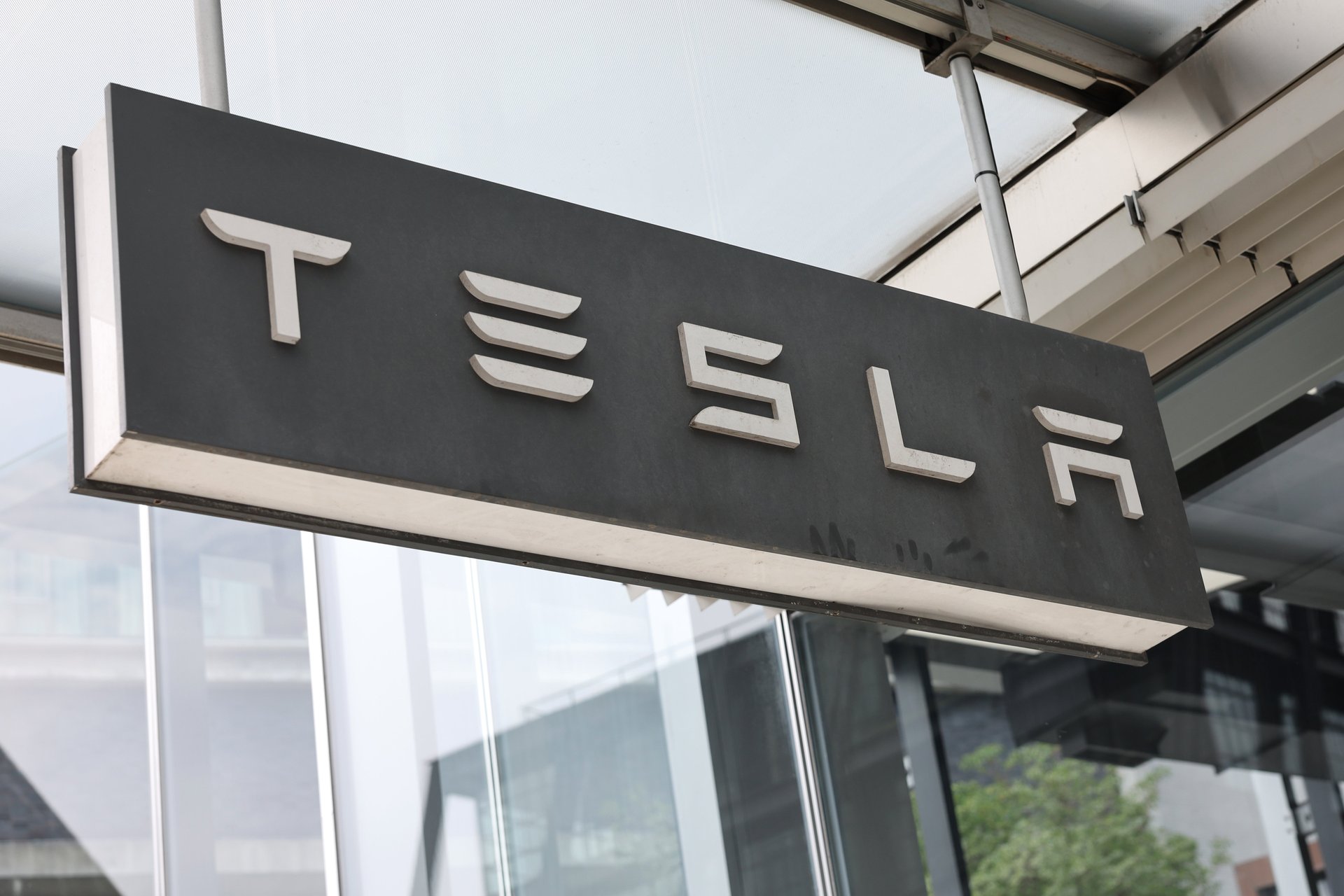Tesla's profits keep sinking
Elon Musk's automaker has been forced to employ price cuts and other incentives to boost EV sales

Tesla on Tuesday reported a 45% decline in net profit during its second quarter as the electric vehicle company continues to grapple with slowing demand and increased competition.
Suggested Reading
The Austin, Texas-based automaker reported net income of $1.5 billion for the April to June quarter, down from $2.7 billion a year earlier. However, revenue hit $25.5 billion, a 2% increase compared to last year and above the $24.5 billion expected by Wall Street.
Related Content
The company said its revenue benefitted from deliveries of the Cybertruck electric pickup, which went on sale last November, and growth in its energy business. Tesla said its energy generation and storage business made $3 billion for the quarter, double what it recorded a year ago, after it produced more 4680 battery cells than in the previous three-month period. The automaker expects the growth of its energy business will eventually outpace EVs.
Earlier this month, Tesla reported better-than-expected deliveries for the second quarter, blowing past Wall Street’s lowered expectations. The automaker delivered 443,956 electric vehicles, down almost 5% compared to the same time in 2023 but above expectations of 436,000 units.
Although EV sales are growing, the pace of that growth has slowed. That, combined with increased competition from rivals, pushed Tesla to employ a number of incentives to boost sales, such as reduced interest rates and price cuts. The automaker said it also took a hit from restructuring charges related to layoffs and an increase in expenses driven by artificial intelligence projects.
Although the broader economic environment was favorable for auto and EV sales, “today’s report shows Tesla kept on sacrificing margins to get the revenues flowing,” Thomas Monteiro, a senior analyst at Investing, said in a statement.
Tesla reported earnings per share of 52 cents, a 43% decline year-over-year and below analysts’ expectations of 61 cents per share, according to FactSet estimates.
Tesla stock declined more than 2% in trading before the market closed and second-quarter earnings were reported. The stock fell more than 3% in after-market trading.
Shares are down about 3% year-to-date, after the company made a comeback thanks to decent sales and shareholder support for CEO Elon Musk’s $56 billion compensation package. Tesla has also started hiring hundreds of workers to fill holes in its North American operations, months after Musk ordered mass layoffs that affected thousands of employees. About 14% of the company, or around 19,600 workers, were laid off, according to CNBC.
Tesla on Tuesday reiterated Musk’s past comments that it is between growth phases and plans to introduce a number of new products in the future. It added that plans for a more affordable car are on track for production in the first half of 2025.
During a call with investors Tuesday, Musk announced that Tesla has moved its robotaxi unveiling event to Oct. 10. Robotaxis, or a fleet of self-driving Teslas, are expected to serve as the backbone for an eventual ride-hail service and is a major driver of enthusiasm in the stock. In response to an investor-submitted question, Musk said Tesla’s first robotaxi ride will come “for sure next year.”
He also said that Tesla has completed “most of the engineering” of the next-generation Roadster sports car, which Musk has boasted would be able to hit 60 miles per hour in under a second and would be marked with a $200,000 price tag. The electric car was first expected to launch on the market by 2021.
During the call, Musk repeated his belief in the value of humanoid robots like Tesla’s Optimus, which he said will be used internally at Tesla next year. He upgraded his forecast for internal usage from 1,000 robots — as of last month — to “several thousand” by the end of 2025.
